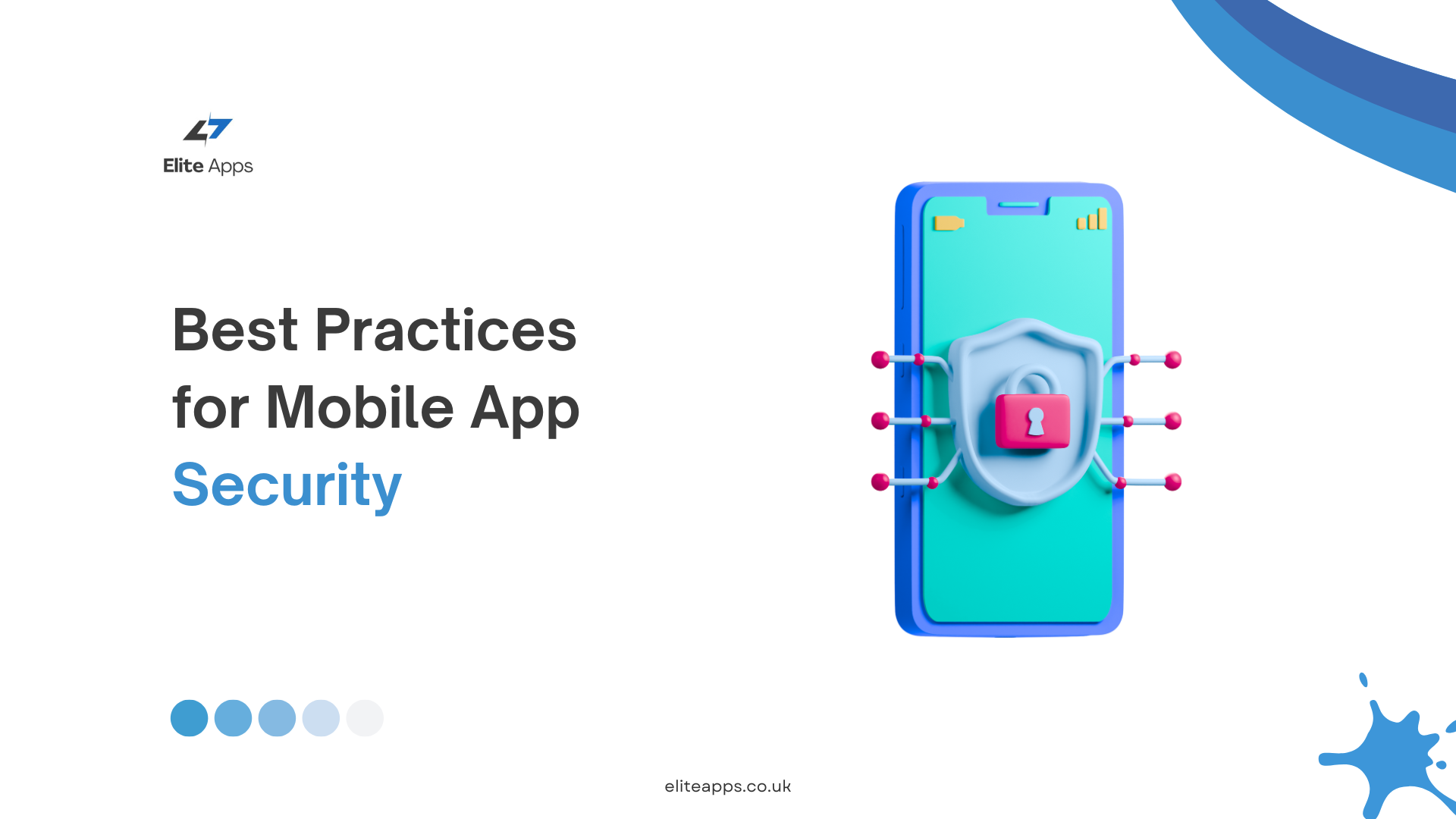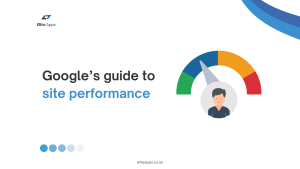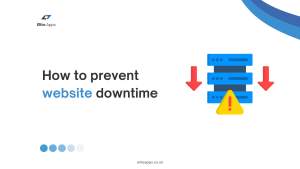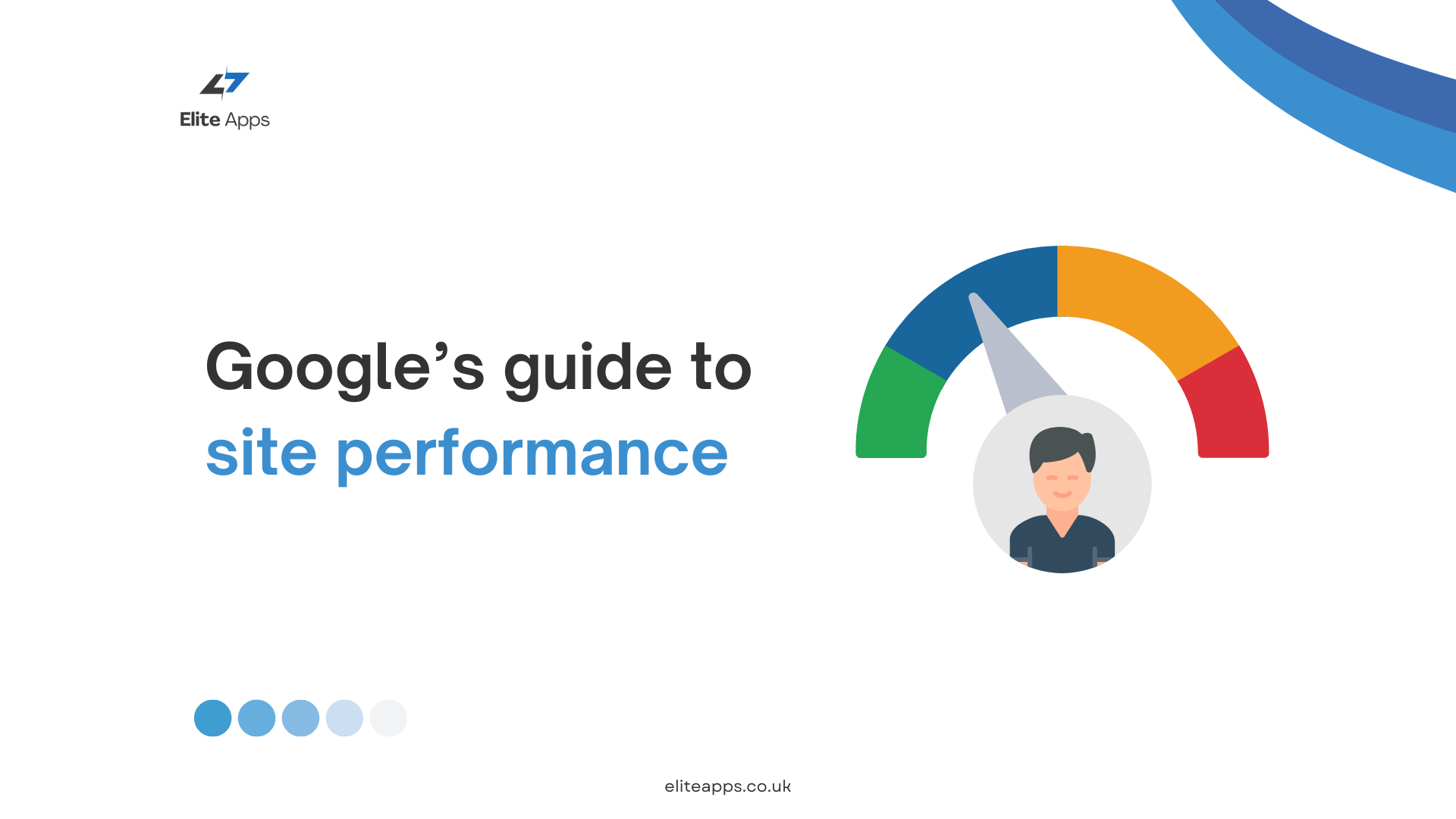Best Practices for Mobile App Security
Mobile apps have become an integral part of our daily lives, from banking and shopping to social networking and entertainment. However, the rapid increase in app usage has also attracted cyber threats, making mobile app security a top priority for developers and businesses alike. A security breach can lead to significant data loss, financial damage, and a tarnished reputation. Therefore, it’s crucial to implement best practices to safeguard users and their data.
In this blog, we will explore the best practices for mobile app security to ensure a secure and seamless user experience.
1. Secure Code Development
The foundation of any secure mobile app begins with the code. Poorly written code is one of the primary targets for attackers looking to exploit vulnerabilities. Here are some strategies to ensure secure code development:
- Use secure coding practices: Follow industry-recognized secure coding guidelines such as OWASP Mobile Top 10.
- Minimize permissions: Avoid giving excessive permissions that the app doesn’t need, as this can lead to security vulnerabilities.
- Code obfuscation and encryption: Make it harder for attackers to reverse-engineer your code by obfuscating it and encrypting sensitive logic.
- Test regularly: Perform regular static and dynamic code analysis to identify vulnerabilities early in the development lifecycle.
2. Secure API Integrations
APIs play a critical role in connecting mobile apps with servers and databases. Insecure APIs can be a gateway for attackers to access sensitive data. Here’s how to secure API interactions:
- Authenticate and authorize APIs: Use secure authentication methods like OAuth 2.0, OpenID Connect, or JWT (JSON Web Tokens) to verify users and their permissions.
- Encrypt API communications: Ensure that all data exchanges between the app and the server are encrypted using SSL/TLS.
- Limit data exposure: Follow the principle of least privilege by exposing only the necessary data to the APIs.
3. Encrypt Sensitive Data
Sensitive data stored within mobile apps or transmitted over the network should always be encrypted. Without encryption, attackers can easily intercept or access personal information. To protect sensitive data:
- Use strong encryption standards: Encrypt sensitive data using AES-256 or RSA-2048 to secure data at rest and in transit.
- Avoid storing sensitive data locally: Do not store sensitive data like passwords or payment details locally on the device unless absolutely necessary. If you must, encrypt it and use secure storage mechanisms such as the Android Keystore or iOS Keychain.
- Utilize biometric authentication: Leverage fingerprint or face recognition to protect access to sensitive features or data within the app.
4. Implement Secure Authentication and Authorization
Weak or improperly implemented authentication can give attackers direct access to user accounts and data. To strengthen your app’s authentication mechanisms:
- Multi-factor authentication (MFA): Incorporate MFA to add an extra layer of security by requiring additional verification beyond a password.
- Strong password policies: Encourage or enforce the use of complex passwords that are difficult to guess, and avoid storing passwords in plain text.
- Session management: Implement secure session handling practices to prevent unauthorized access. Sessions should expire after a period of inactivity, and tokens should be rotated regularly to reduce the risk of session hijacking.
5. Regular Security Testing
Security is not a one-time effort; it’s an ongoing process. Regular security testing is essential to identify vulnerabilities in your mobile app:
- Penetration testing: Conduct penetration testing to simulate real-world attacks and identify potential security gaps.
- Automated vulnerability scanning: Use automated tools to continuously scan your app for vulnerabilities like insecure data storage or improper encryption.
- Monitor third-party libraries: Many apps rely on third-party libraries or SDKs. Ensure that these components are kept up-to-date and do not introduce vulnerabilities into your app.
6. Secure Data Transmission
All data transmitted between your mobile app and the server must be secured to prevent interception by malicious actors. This is especially important for apps that handle sensitive information like financial data or personal health records.
- Use HTTPS: Always use HTTPS (HTTP Secure) for communication between your app and the server to ensure data is encrypted in transit.
- Certificate pinning: Use SSL/TLS certificate pinning to prevent man-in-the-middle (MITM) attacks by ensuring the app communicates only with trusted servers.
- End-to-end encryption: For apps handling highly sensitive data, implement end-to-end encryption to ensure that only authorized parties can decrypt the transmitted data.
7. Implement Secure App Distribution
How an app is distributed can also affect its security. Attackers may try to distribute malicious versions of your app, so it’s important to follow secure app distribution practices:
- App store security: Always distribute your app through trusted app stores like Google Play or the Apple App Store, which have their own security checks and vetting processes.
- Code signing: Sign your app with a valid certificate to ensure its integrity and authenticity. This prevents tampering during the distribution process.
- Monitor for repackaged apps: Regularly scan for counterfeit or repackaged versions of your app that might be used to distribute malware or phishing schemes.
8. Educate Users on Security Best Practices
While developers can implement multiple layers of security, users also play a significant role in securing mobile apps. Educate your users on how they can help protect themselves:
- Warn against public Wi-Fi: Advise users not to access sensitive information over unsecured public Wi-Fi networks.
- Encourage software updates: Regularly update your app and notify users of the importance of installing updates to protect against the latest security threats.
- Be transparent about security: Let your users know what steps you’re taking to protect their data, and provide clear, concise privacy policies.
Conclusion
Securing mobile apps is an ongoing responsibility that requires a comprehensive approach. By following these best practices—secure coding, API protection, data encryption, strong authentication, and regular security testing—you can safeguard your app and its users from emerging cyber threats. With security being a crucial element of user trust, integrating these strategies will not only protect sensitive data but also enhance the reputation of your app in a competitive market.








